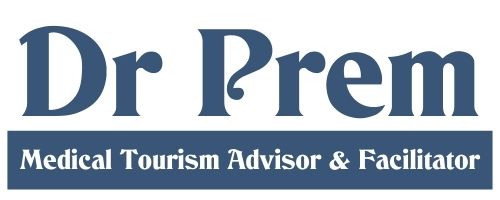Rotator cuff repair
Rotator cuff repair surgery is performed to repair or fix torn or injured tendons of the shoulder. A rotator cuff is a group of muscles and tendons that form a cuff over the shoulder joint. They hold the arm in its ball-and-socket joint, aiding in shoulder movements.
The damage to the rotator cuff reduces the strength and limits the mobility of the shoulder joint significantly. Rotator cuff repair surgery can be done in either of three ways: open, mini-open, or arthroscopic.
The damage to the rotator cuff reduces the strength and limits the mobility of the shoulder joint significantly. Rotator cuff repair surgery can be done in either of three ways: open, mini-open, or arthroscopic.
Circumstances calling for surgery:
- Damage, tearing, or instability of the rotator cuff due to injury, accident, dislocation, or fracture.
- Medication and physiotherapy fails to heal injury and relieve the symptoms, even after 3-6 months of treatment
- When full shoulder mobility is required for overhead work or sports in young patients.


